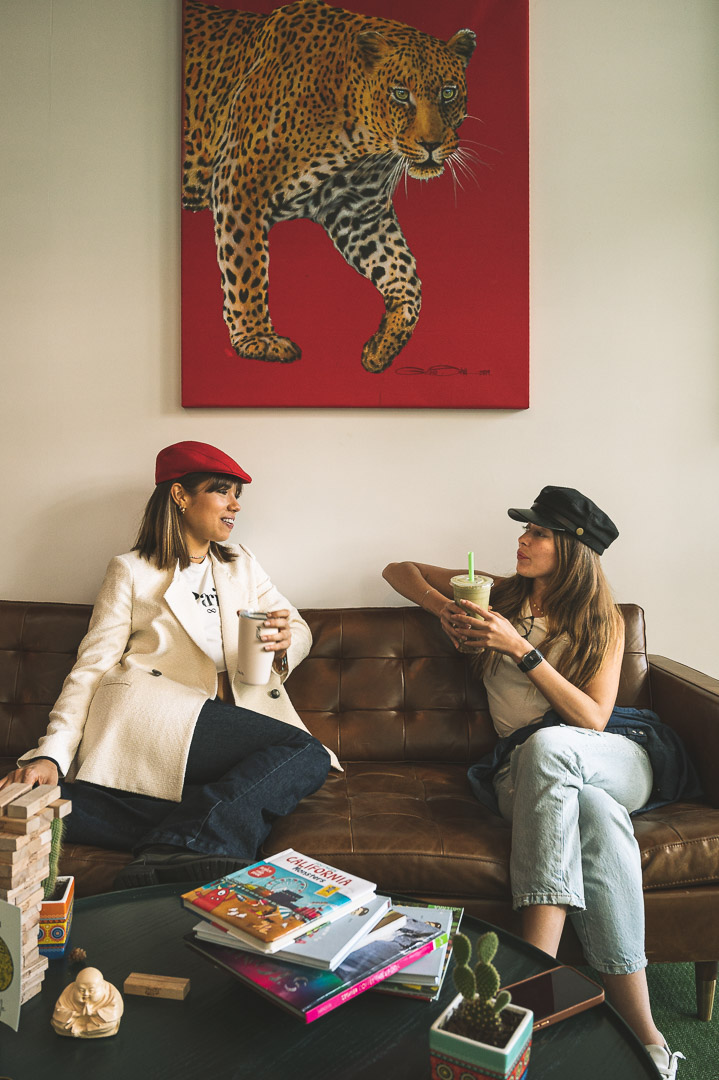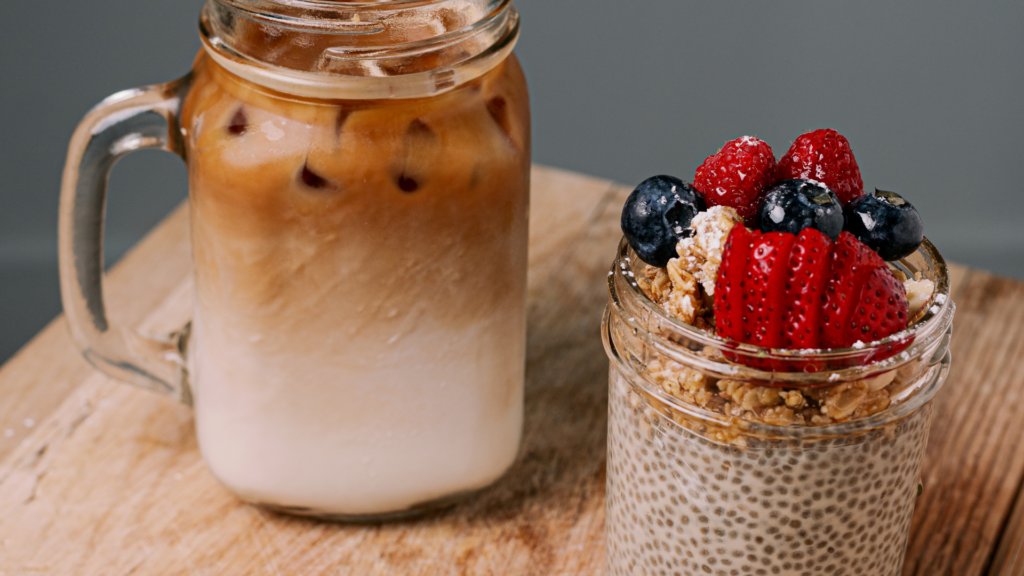How to choose the perfect coffee for you?
|
Published:
|Updated By:
1. Roast Date 2. Roast Level 3. Blend or single origin 4. Origin selection 5. Varietals 6. Coffee species: Arabica vs. Robusta 7. Processing

1. Roast Date


2. Roast Level
3. Blend or single origin
4. Origin selection
5. Varietals
6. Coffee species: Arabica vs. Robusta
7. Processing
